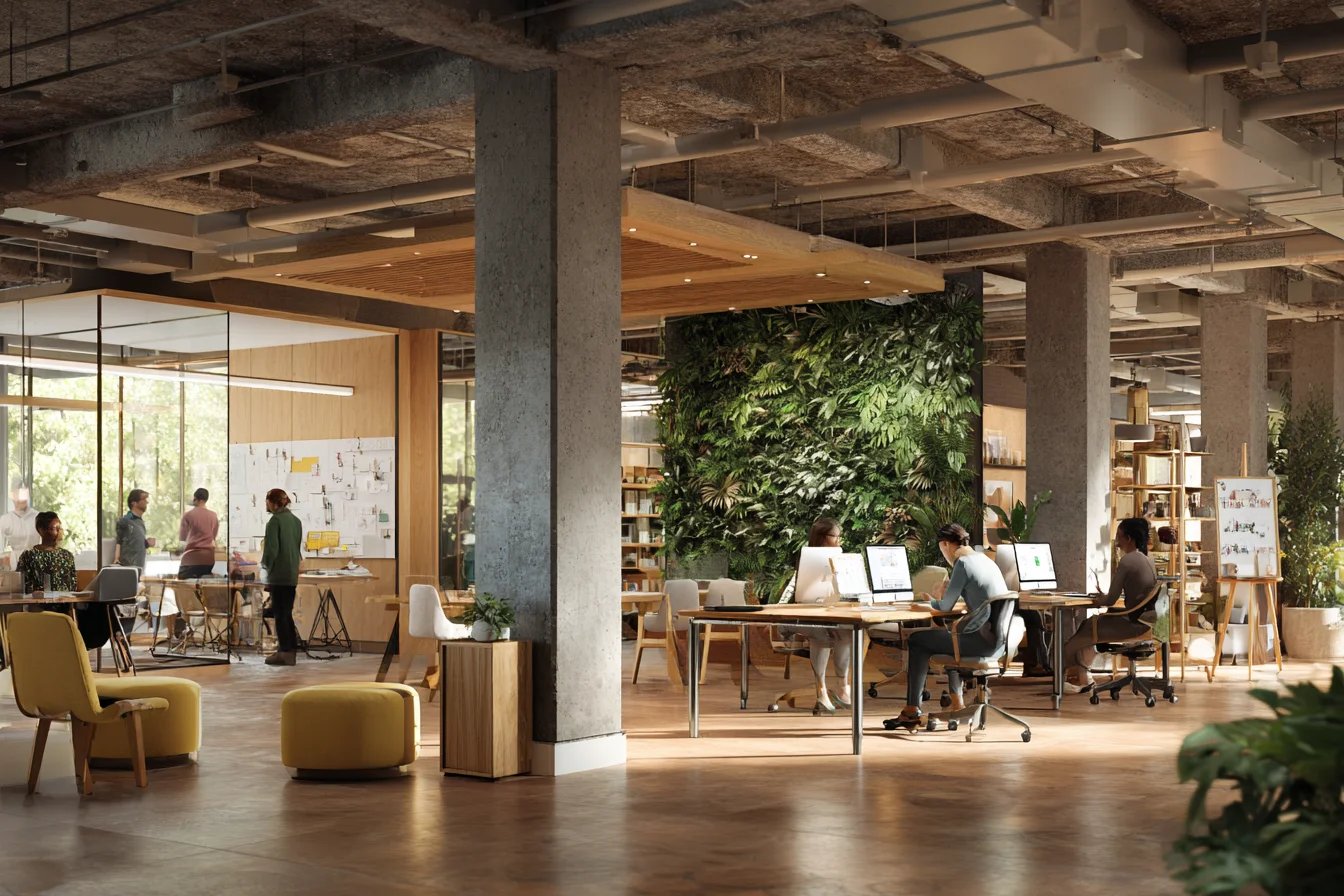Understanding Healing Workflows
In today's fast-paced business environment, the emphasis on efficiency often overshadows the importance of employee well-being. As organizations automate processes and streamline operations, there arises a crucial need to design workflows that not only execute tasks but also promote healing.
Healing workflows focus on improving the experiences of individuals involved in the processes, ensuring that both the technology used and the human element are in harmony. This blog post explores actionable strategies to create workflows that support mental health, foster collaboration, and enhance productivity.
Principles of Healing Workflows
Designing workflows that heal requires an understanding of several guiding principles:
- Empathy: Start by understanding the needs and challenges faced by employees. An empathetic approach ensures that workflows are designed with the user's experience in mind.
- Flexibility: Rigid processes can lead to frustration. Allow for adaptability within workflows so team members can adjust to varying circumstances and workloads.
- Collaboration: Foster teamwork through collaborative workflows. Tools and processes that encourage interaction not only enhance productivity but also strengthen relationships among team members.
- Feedback Loops: Integrate mechanisms for regular feedback. This enables continuous improvement and helps identify potential stressors in workflows.
- Mindfulness: Incorporate pauses and reflection points in workflows. This encourages moments of mindfulness that can improve focus and mental clarity.
Implementing Healing Workflows
The implementation of healing workflows involves several practical steps:
1. Assess Current Workflows
Begin with a thorough assessment of existing workflows. Gather input from employees to understand their experiences and identify pain points. Pay attention to areas causing stress or inefficiency.
2. Involve Employees in Design
Engaging employees in the design process fosters ownership and accountability. Create cross-functional teams to ensure diverse perspectives are considered. This collaborative approach can lead to more innovative and effective solutions.
3. Integrate Technology Thoughtfully
While technology can drive efficiency, it can also contribute to burnout if not implemented with care. Choose tools that enhance communication and collaboration without overwhelming users. Consider platforms that facilitate real-time interactions, provide clear data insights, and reduce redundant tasks.
4. Promote Work-Life Balance
Integrate policies that promote work-life balance within workflows. For example, implement flexible working hours or remote work options. Encourage regular breaks and use reminders to prompt employees to step away from their screens.
5. Measure and Iterate
Once new workflows are established, it's essential to measure their effectiveness. Use metrics such as employee satisfaction, productivity rates, and overall mental health indicators to assess impact. Be prepared to iterate based on feedback and changing organizational needs.
Real-World Examples
Several organizations have successfully implemented healing workflows:
- Remote Work Solutions: A tech company introduced asynchronous communication tools that allow employees to respond at their convenience, reducing stress from immediate responses.
- Mindful Meetings: A consulting firm adopted a policy of starting meetings with a few minutes of mindfulness, helping participants to focus and engage fully.
- Flexible Project Management: A marketing agency revamped its project management approach to allow for flexibility in task assignments, empowering team members to choose workloads that suit them best.
The Future of Workflows
As we look to the future, the demand for healing workflows will likely grow. Organizations that prioritize employee well-being alongside productivity will not only enhance their work culture but also gain a competitive edge in the market. By investing in the design of workflows that heal, businesses can cultivate an environment where employees thrive, resulting in long-term success and sustainability.
In conclusion, designing workflows that heal requires a shift in perspective. By placing human needs at the forefront, organizations can create systems that not only execute tasks efficiently but also foster a healthier, more engaged workforce. It is time for tech leaders and decision-makers to embrace this approach, ensuring that technology serves as a foundation for healing rather than just execution.

